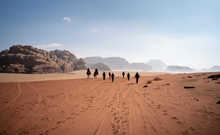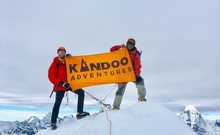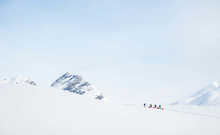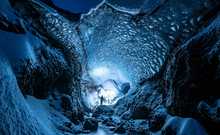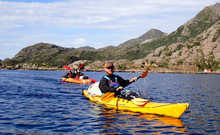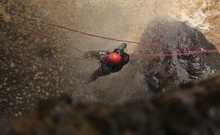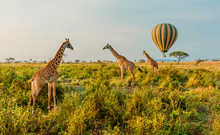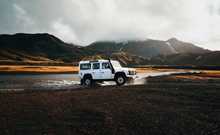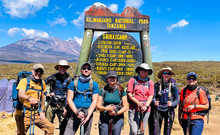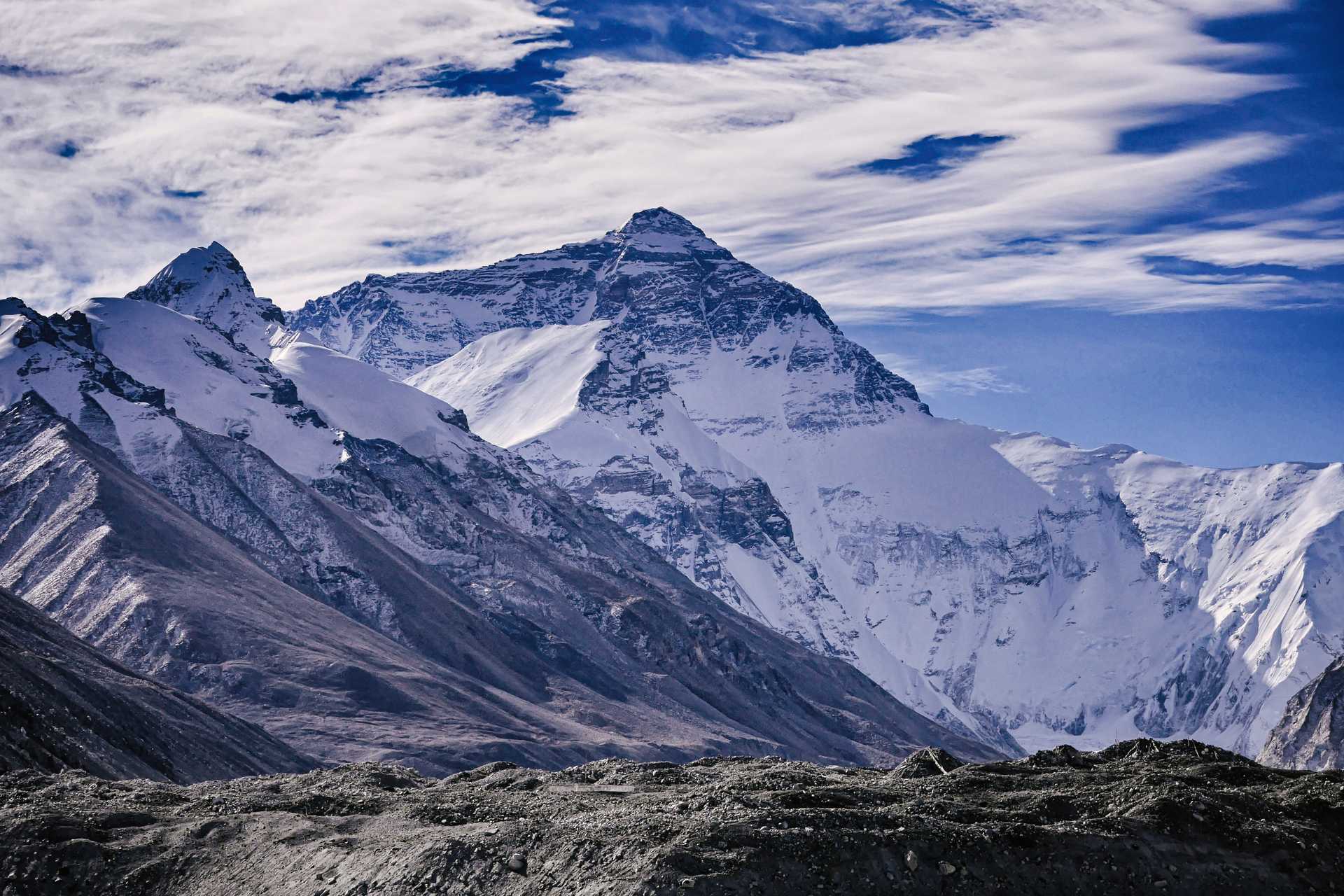The Journey of a Lifetime
It seems, in life, some people are destined to do things that go beyond what the mind imagines is possible. Mitchell Hutchcraft is one of those people. On May 11, 2025, at 7:20 am Nepal time, the former Royal Marine stood on the summit of Mount Everest. This epic moment closed the loop on the longest Everest peak climb in history. An eight-month, 13,000km (8000mi) sea-to-summit expedition that began in England and comprised intervals of swimming, cycling, running, trekking, and finally a high-altitude climb. As lovers of adventure and pushing boundaries, we’re fascinated by the driving force behind Mitch’s extraordinary feat and how his journey unfolded.
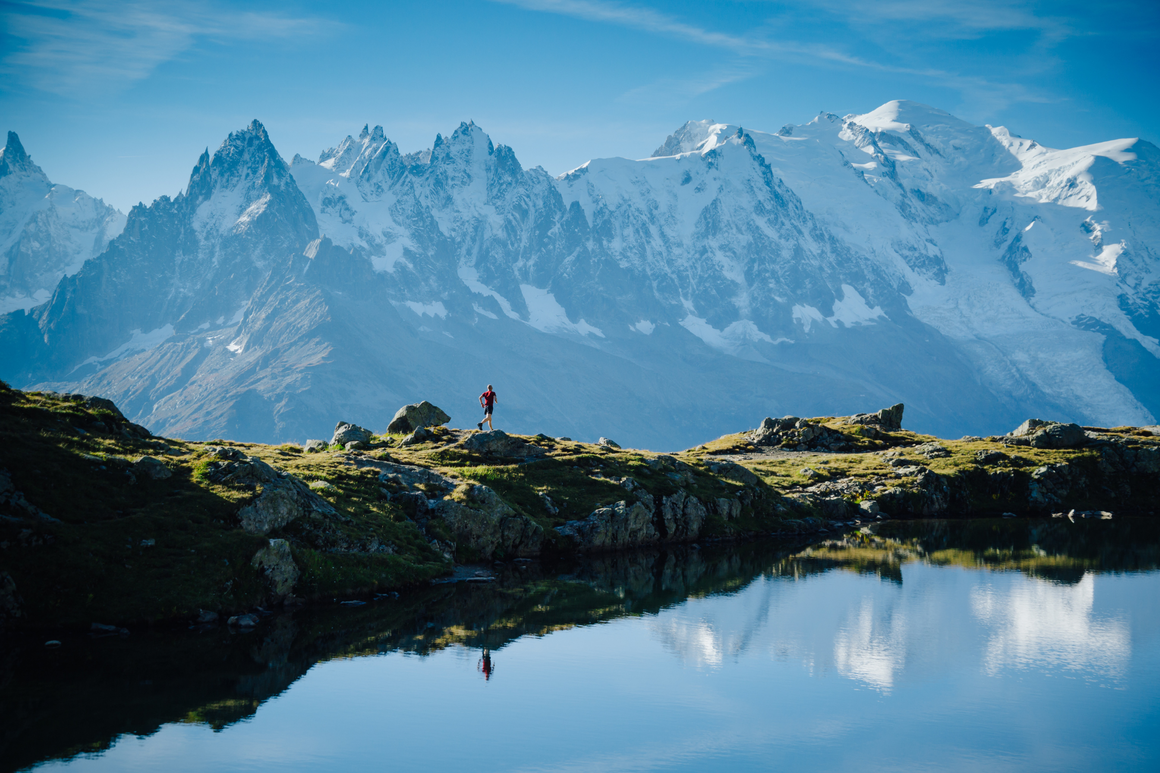
Why did Mitch Hutchcraft embark on this expedition of Mount Everest?
You might wonder what spurs and inspires a person to undertake such a tremendous exploit - we certainly did. Like many others who have set upon extreme personal challenges, the reasons for Mitch were multifaceted. His two lifelong passions - nature and adventure - were undoubtedly significant drivers for forming the plan to complete this particular venture.
At the tender age of 16, he successfully summited Mount Kilimanjaro, his first major conquest. This fuelled his existing obsession with Mount Everest, and at the age of 18 he set out to Everest Base Camp, quoting “You never forget the first time you see the top of the world and it filled me with both awe and a strange feeling of disappointment that on this occasion I wouldn’t be climbing to the top.”
After studying animal care and zoology in his late teens, then unexpectedly losing his father in his early 20s, Mitch made the decision to tackle another life goal and join the Royal Marines, where he remained for six years. Shortly after leaving the Marines, Mitch was asked to row 3,000mi (4,800km) across the Atlantic Ocean with 3 friends.
On this epic trip, he started to concoct the idea for his iconic journey to the summit of Everest. He quotes, “It was during this time I decided I would cycle across the United States, unsupported, as a training mission for what would become the defining trip of my life.”
As well as standing on the summit of Everest, another long-held dream of Mitch’s was to swim the English Channel. These dreams became the foundations of his challenge. The mindset forged from 6 years in the Royal Marines, plus his unwavering motivation to help protect the planet's wildlife, were the linchpins that propelled his project forward.
Joining forces with SAVSIM (saviours simul), a charity supporting veterans’ mental health and wildlife conservation, whose mission aligned perfectly with his, was the next step towards turning Mitch’s challenge into a reality.
Mitch named his expedition Project Limitless. This Everest challenge was never just about endurance or world records. It was about healing, honour, and proving that with the right mindset, support, and purpose, even the most extreme challenges can be overcome.

What exactly did his 13,000km route to climbing Everest look like?
As outlined above, it wasn’t just a straight shot to the mountain (as if climbing Mount Everest ever is!). Mitch fused seas, continents, and high-altitude trails into one continuous line of human-powered motion. Here’s a brief look at how the journey transpired, stage-by-stage.
- Swim: Around a 35km (22mi) English Channel crossing. He began from Shakespeare’s Cliff near Dover and completed the solo crossing to near Calais in France, taking 18 hours and 19 minutes. (Sept 14, 2024).
- Bike: 12,000km from France through 18 countries, concluding his cycling journey at Digha, a coastal town in West Bengal, India. (arrived Feb 13, 2025).
- Run: 900km run, almost continuously ascending, from Digha in India to Kathmandu in Nepal. (arrived Mar 16, 2025).
- Trek: 365km trek from Kathmandu to Everest Base Camp (arrived April 16, 2025).
- Climb: Vertical gain of around 3,485m. (summited May 11, 2025).
Mitch originally framed the expedition as a “5-month, 12,000km” push. In reality, the journey took 237 days (8 months) and covered over 13,000 km - a gap accounted for by re-routes, admin (border and visa issues), necessary acclimatisation on Everest, plus weather windows for the summit push.
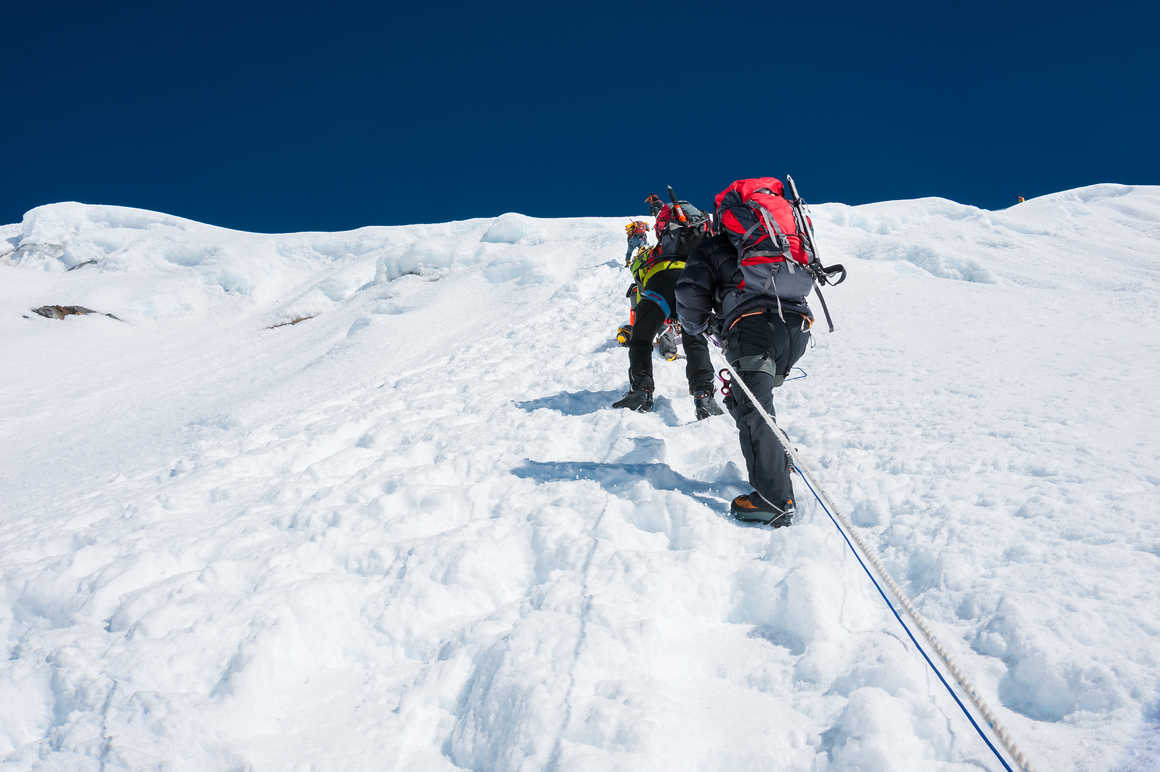
Who supported Mitch on his journey to climb Everest?
Mitch Hutchcraft’s Project Limitless wasn’t powered just by his determination. Like most extreme feats, a dedicated network of people and organisations pulling together across continents supported this epic journey. His summit push on Everest was guided by Gelje Sherpa, a legendary Nepali alpinist famed for his daring rescue in the Death Zone and counted among the youngest winter summiteers of K2.
How many people climbed Mount Everest with Mitch in the end? Mitch reached the summit with the support of Gelje and Phuri Sherpa, so a team of three celebrated the pinnacle of his world record-breaking voyage.
As mentioned above, Mitch’s cause was championed by SAVSIM, whose team not only rallied fundraising efforts - raising hundreds of thousands of pounds - but also provided emotional and community support throughout the journey’s ups and downs.
On the nutrition and performance front, Zooki Supplements and celebrity nutritionist Sarah Carolides helped ensure Mitch stayed fuelled and hydrated in extreme environments, which is an often-overlooked but essential layer of resilience.
His visual narrative was also amplified through equipment and storytelling support from VALLON and Jöttnar, which celebrated him as one of their “trailblazers” and provided product collaborations that stood up to the harshest climates to climb Mount Everest.
Buddy, Mitch’s dog, joined him at the start of his cycle in France and travelled all the way to Budapest with him - sometimes towed in a trailer - before heat and logistics forced a pause. At times, the rig added 32kg to Mitch’s load. Mitch quotes, “Having him by my side for the 3 years of intense training before my expedition made all the difference. It was one of the most stressful times of my life, and I decided he would be part of every adventure. For the first 3,000km of the gruelling bike ride across the world, he joined me and kept me pushing forward when I needed it most.”
Finally, Mitch counted on fellow veterans and mentor figures like his friend, Nirmal “Nimsdai” Purja, a mountaineering legend and Adriana Brownlee, the youngest woman to have completed all 14 of the 8,000m summits, to inspire and offer practical guidance.
As well as countless donors, followers, and a global community cheering him on every step of his monumental soul-fuelled journey. He quotes “I was astounded at how amazing people were across the world, their generosity in support was mindblowing and helped tremendously”.
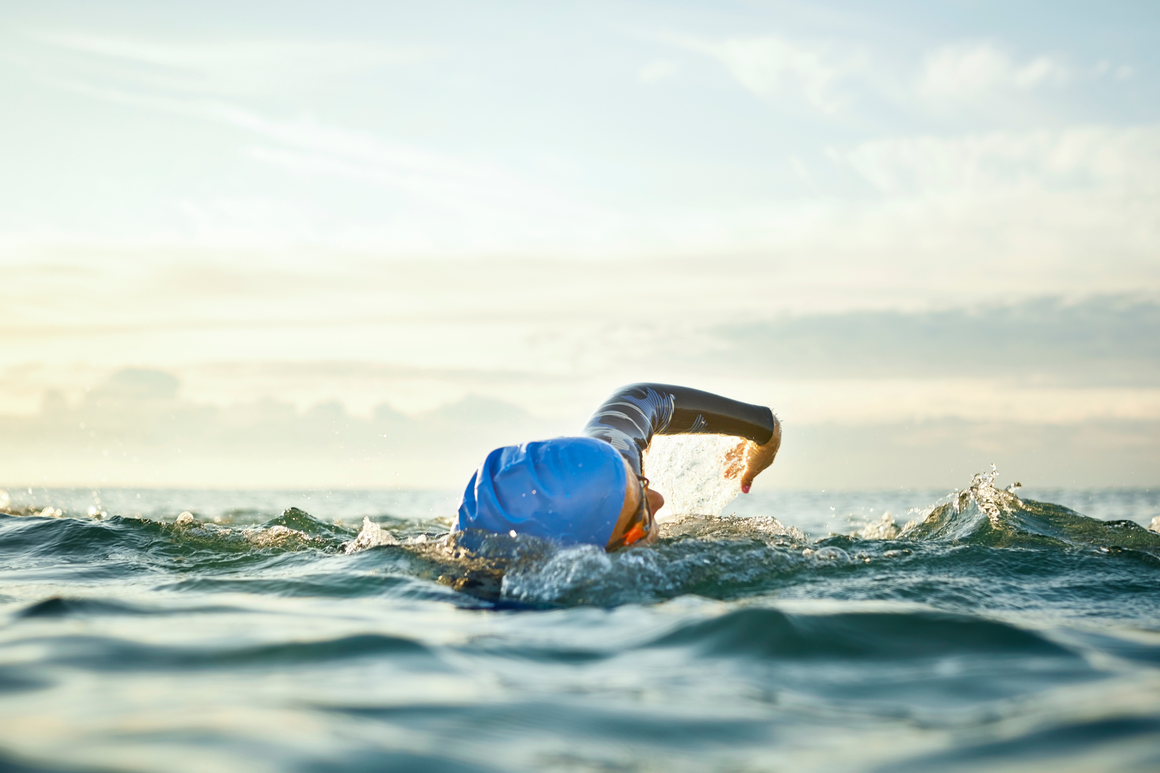
What did Mitch’s training look like for this Everest expedition?
Mitchell Hutchcraft’s training for the Everest triathlon was as creative as it was gruelling. In a unique endurance drill, he swam every swimmable lake in England’s Lake District (11 in total) and ran between each of them. Starting with the largest, Windermere, an 11mi (18km) long stretch, then running to the next lake (Coniston), swimming its length, and continuing this pattern.
This served as a buildup not only to prepare for swimming the Channel but also to build mental grit across varied terrains. The culmination of which resulted in 60km (37mi) of swimming and 100km (62mi) running across the fells. He was supported throughout the 7 days that this took place by Tommy Brady, a former Team GB kayaker turned photographer, who also documented the challenge.
In the six months before departure, he honed his open-water swim by regularly training in the sea around Torbay Sands and Anstey’s Cove in Torquay, while also supplementing with pool workouts.
On the biking front, Mitch built up his strength and endurance with regular 100mi rides, sprint and interval sessions, and a solid lower-body strength and conditioning programme. As a final pre-trip test, he completed an epic “training mission” riding from John O’Groats to Land’s End, a classic British long-distance route to test gear, mindset, and pacing, before the 12,000km that lay ahead.
After trekking approximately 365km (226mi) from Kathmandu to Everest Base Camp, Mitch spent several weeks acclimatising at altitude (5,364m), practising critical glacier navigation skills on the challenging Khumbu Icefall - crossing ladders over yawning crevasses and traversing shifting ice under the guidance of Gelje Sherpa.
He further solidified his acclimation by summiting Lobuche East (6,119m) in a dedicated acclimatisation rotation - a crucial step that tested his physical limits and laid the foundation for endurance on Everest.
His summit phase then followed a classical high-altitude climb profile: a multi-day push moving from Base Camp to Camp I, Camp II, Camp III, dropping back to Base Camp to recover, then ascending to Camp IV before the final summit bid - all over approximately five days on the mountain.
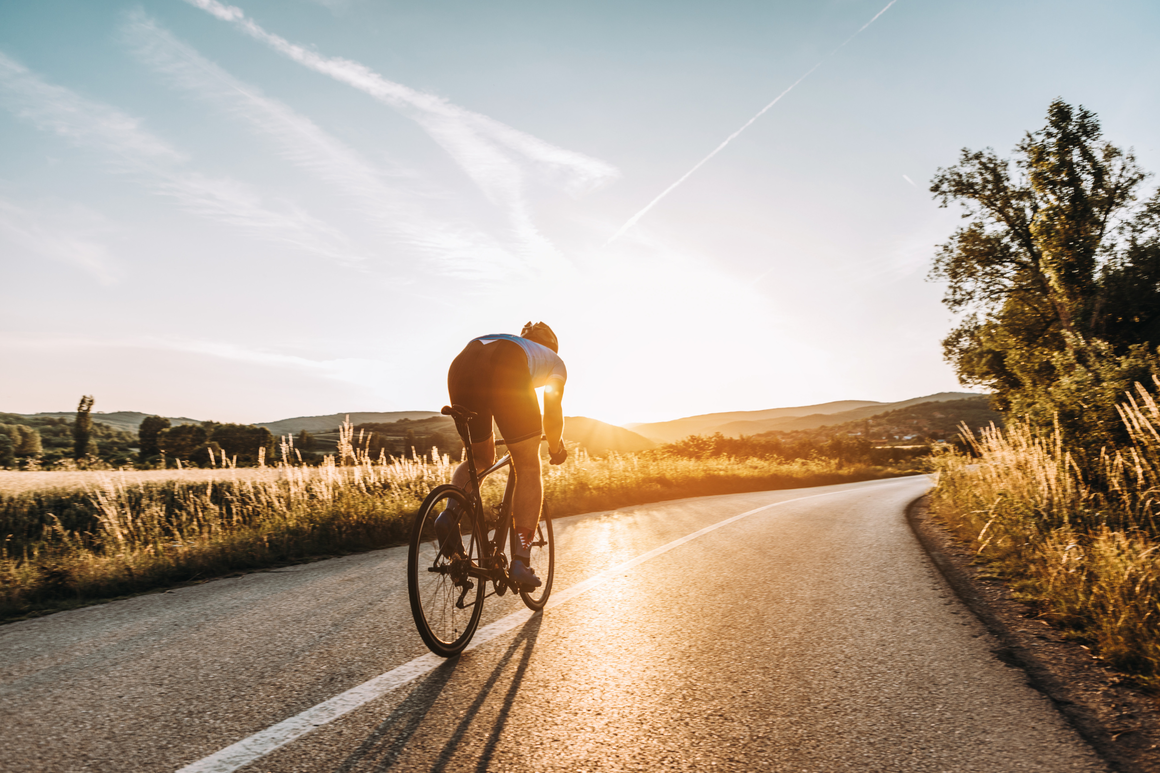
What were some of Mitch’s highs and lows?
Mitch’s transcontinental triathlon unfolded as a relentless roller-coaster of triumph and adversity. He experienced some of the highest highs and the lowest lows during his mission, but nothing stopped him from pushing on. Here’s a glimpse at what some of this looked like during the journey.
Low points and problems
- Mitch described the swim across the Channel as “the hardest day of my life,” where a brutal combination of cold, force-5 winds, and punishing currents left him barely able to move. He quotes, “I got to my knees and I had nothing left.” The swim left him with tonsillitis and laryngitis, which he battled through on the next phase.
The cycling tested him in unpredictable ways. In one harrowing moment, a random taxi knocked him off his bike; he was chased and attacked by stray dogs across remote stretches; he found himself held at gunpoint in Serbia - each episode stacking layers of physical and emotional strain.
Not every hardship Mitch faced was about fatigue, terrain, or weather - some of the most exhausting battles were fought against bureaucracy and red tape. Sudden border closures in Eastern Europe and Central Asia often burned days at a time, chipping away at his morale as he sat waiting for stamps, clearances, or for checkpoints to reopen.
Behind the scenes, Mitch and his team wrestled with everything from missing equipment shipments to broken bike components in places where spares were nearly impossible to source.
Ongoing wars and unrest made some regions impassable, forcing Mitch to reshape his plans. For example, his route across the Arabian Peninsula, planned as a continuous overland cycle, had to shift dramatically. Access to Pakistan by land became increasingly complex due to visa restrictions and geopolitical volatility, so, to Mitch’s disappointment, an airlift over the Arabian Sea had to be arranged.
High points and triumphs
- Mitch encountered numerous moments of generosity from strangers that humbled him. In Turkey, Mitch was invited into the home of a local family who heard about his journey and insisted he rest and recover before continuing. Further along his route, in Iran, Mitch faced significant bureaucratic hurdles. Local cyclists and enthusiasts, touched by his mission, offered assistance in navigating the complex visa processes and provided guidance on safe routes.
Seeing his dog, Buddy, hopping into strangers’ hearts across Europe.
Encounters with sanctuaries like the Owl and Bird of Prey Rescue Station in Austria, the Bear Sanctuary Belitsa in Bulgaria, and the Wildlife SOS team in India shared insights into their conservation work, aligning with his mission to raise awareness for wildlife protection and reaffirming his efforts.
Pedalling through the desert decked in Christmas pyjamas, finding humour even through the toughest days, thousands of kilometres from home.
Mitch’s EBC arrival after a Nepal trek of 365km followed the steps of early British expeditions from Kathmandu. Reading the tales of Mallory and Irvine at the age of 10 and watching Brian Blessed’s ‘Galahad of Everest’ were some of Mitch’s earliest inspirations.
Crossing the Khumbu Icefall, witnessing the Himalayan sunrises during rotations.
Reaching Everest’s 8,849 m summit at 7:20 a.m. Nepal time - Mitch quotes “the moment was more magical than I could have ever dreamed it would be.”
The emotional weight of the journey reached its peak as well: Mitch spoke of his father, who passed away 11 years before, as “being with me every step of the way," making the accomplishment deeply personal.
The longest triathlon in history
Mitch Hutchcraft’s Project Limitless is truly humbling. His mantra is that you don’t have to be the best at anything to achieve your dreams; that it’s 99% mindset and quotes that “the only person who can tell you what’s possible is the person looking back at you in the mirror.” Mitch is by no means the first person to climb Everest, nor holds the fastest time to climb Mount Everest, but his mission was intimate, with a profound outcome that has helped thousands of people and animals. He has broken multiple world records during his training and in completing Project Limitless, and is a shining example of what having deep resilience and self-belief can perpetuate.
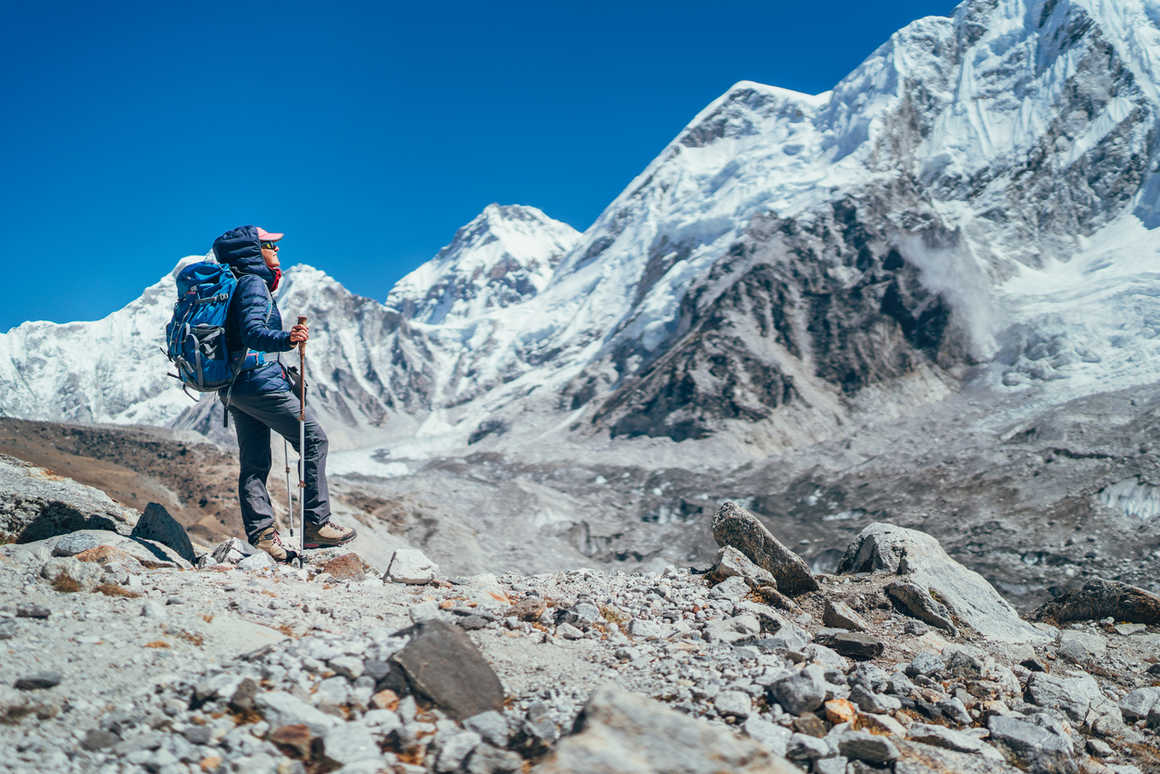
Thinking about your own high-altitude goal?
If Mitch’s story inspires you and you’d like to book your own odyssey, Kandoo is ready to take you on some epic adventures. We specialise in EBC Nepal trekking in the Himalayas, with local experts and guides, as well as other amazing destinations such as Mount Kilimanjaro in Tanzania and Machu Picchu in Peru. Get in touch with our friendly and informative team to find out what type of adventure might suit you, and perhaps it’ll be you who next experiences some of those sunrises over iconic peaks!
